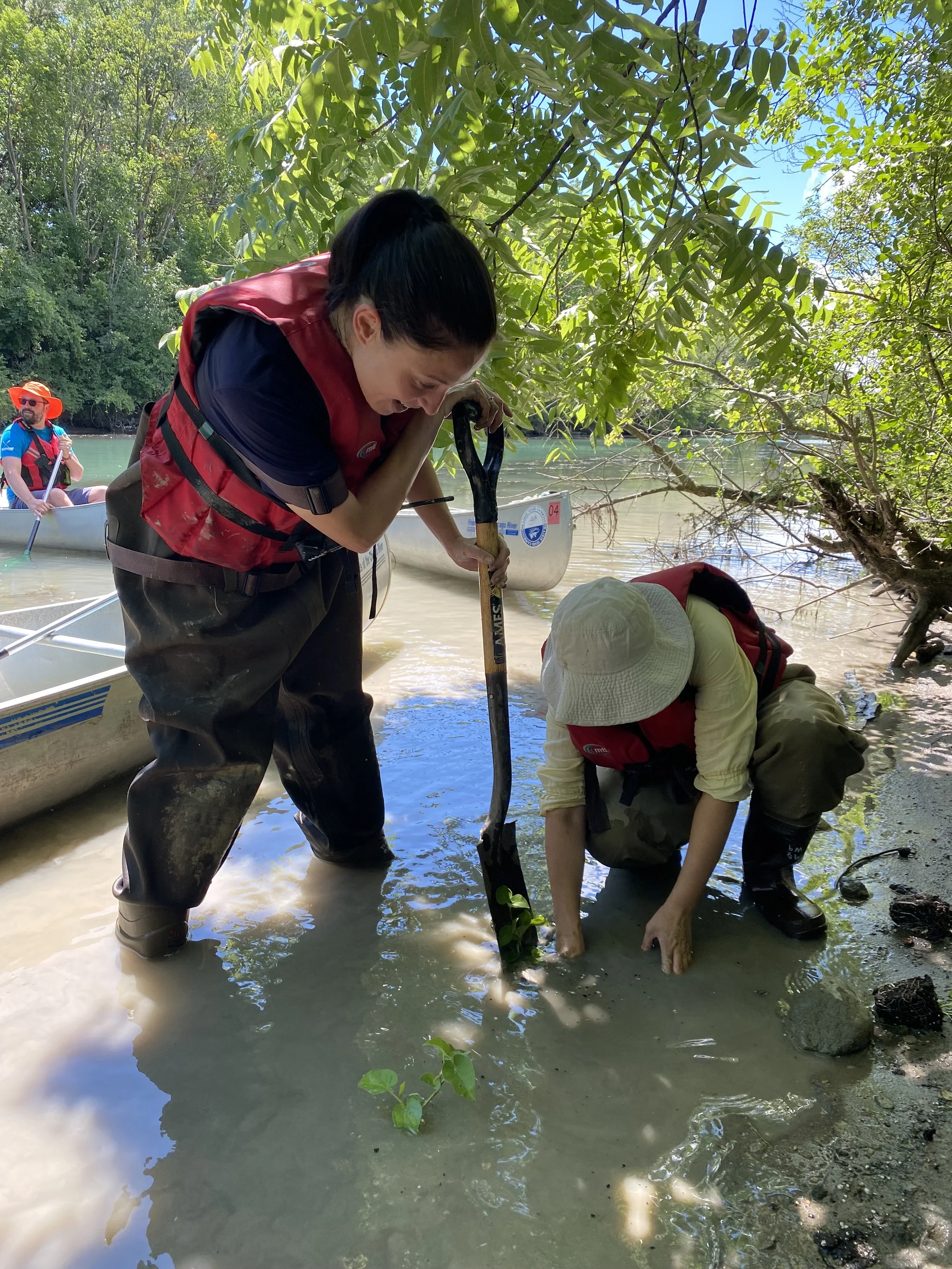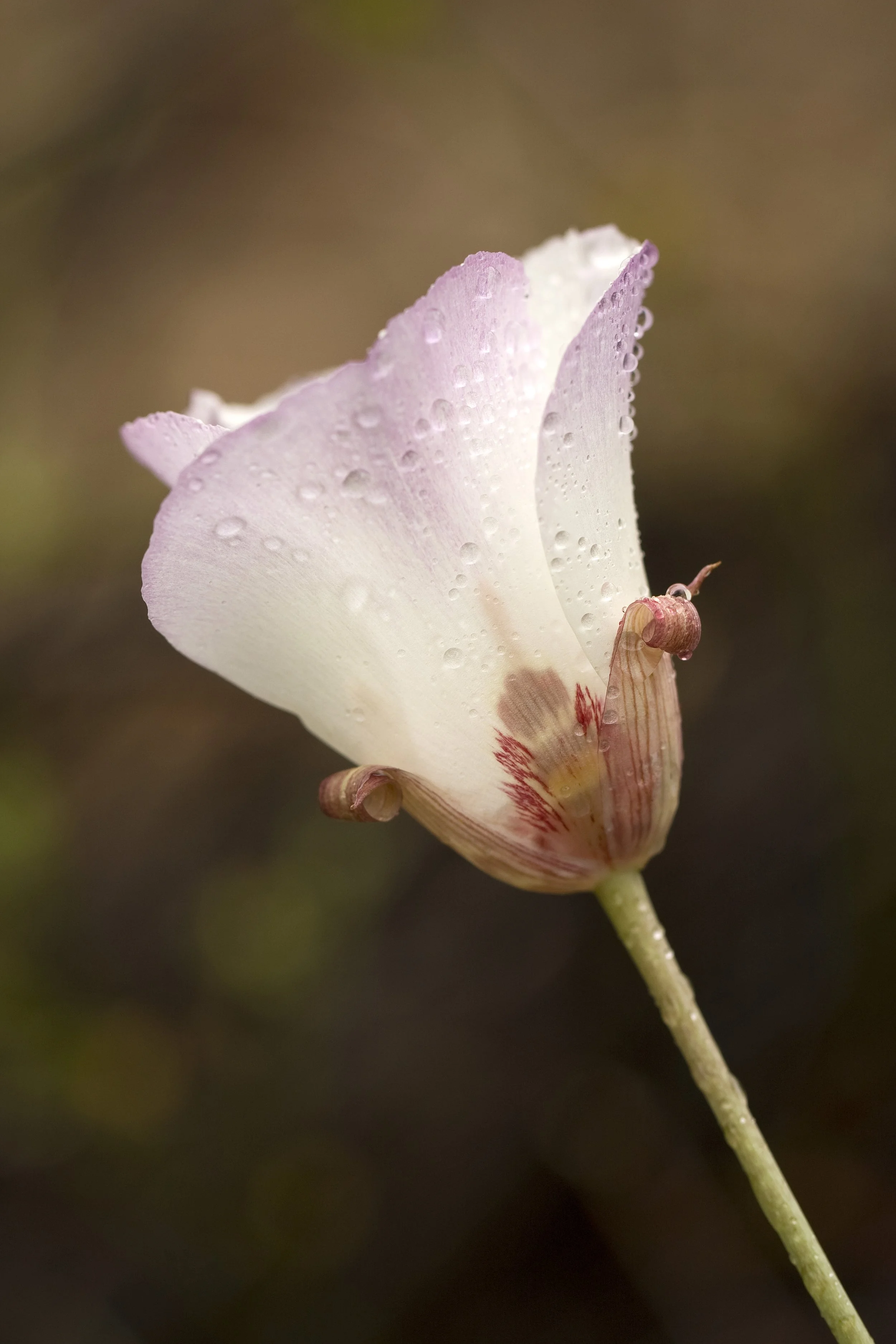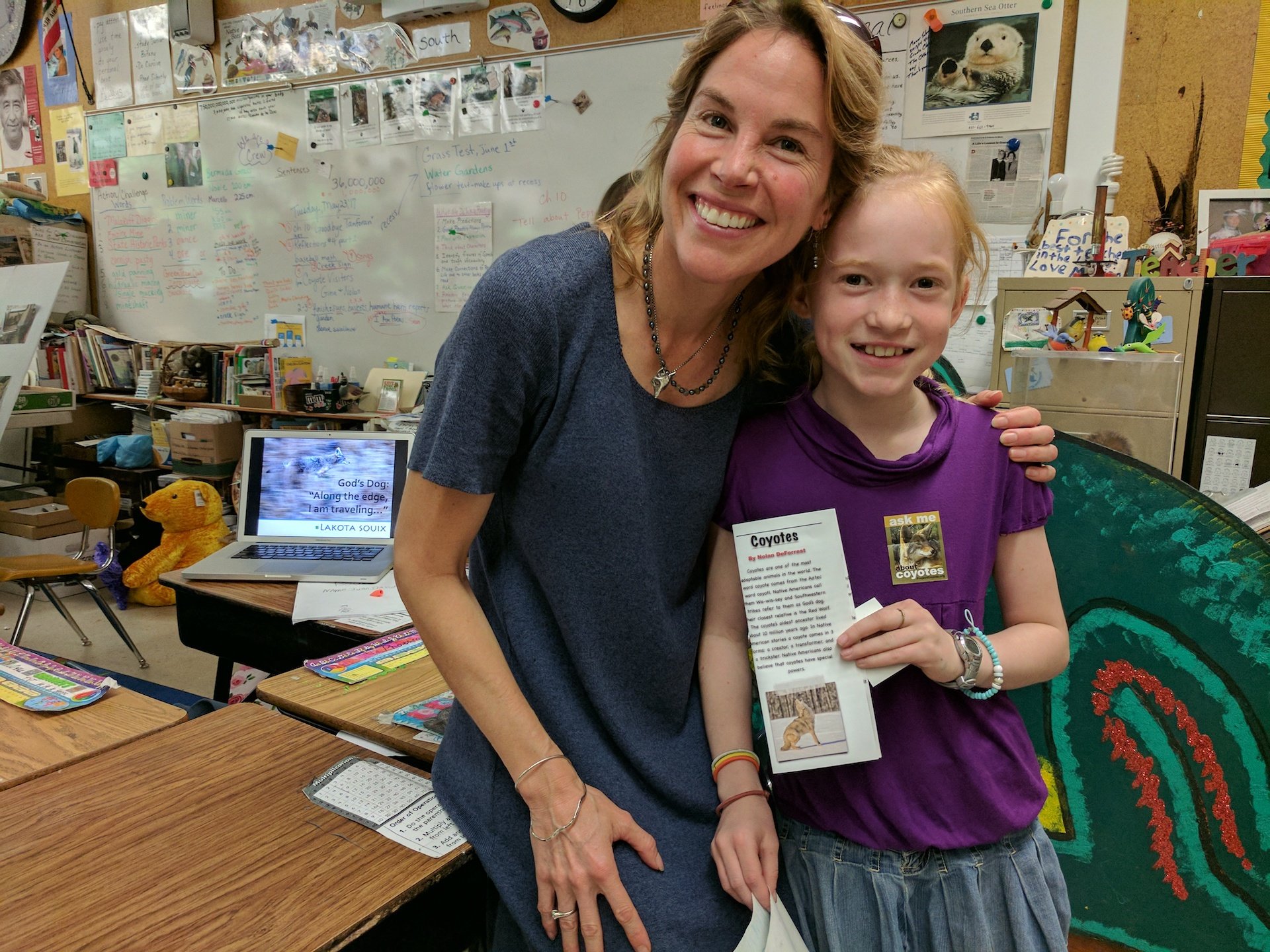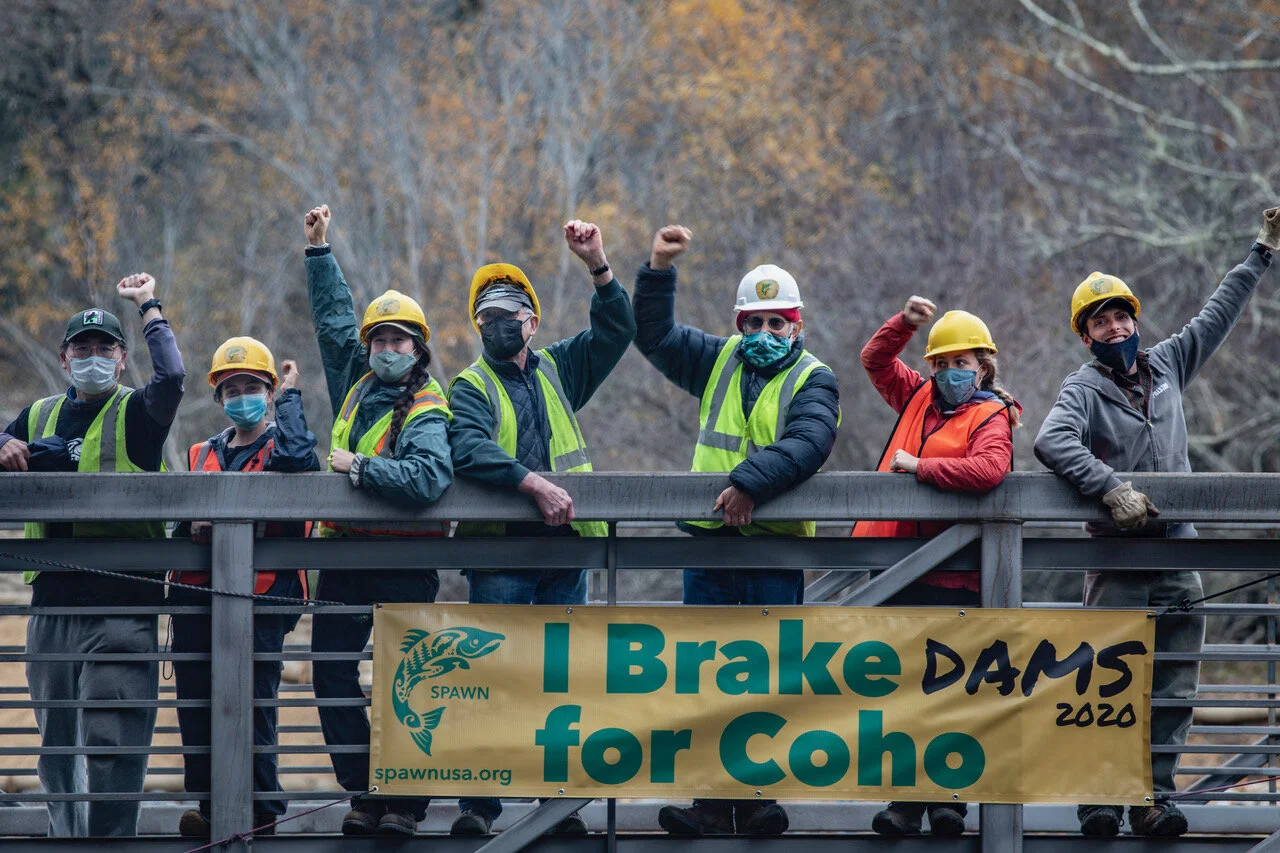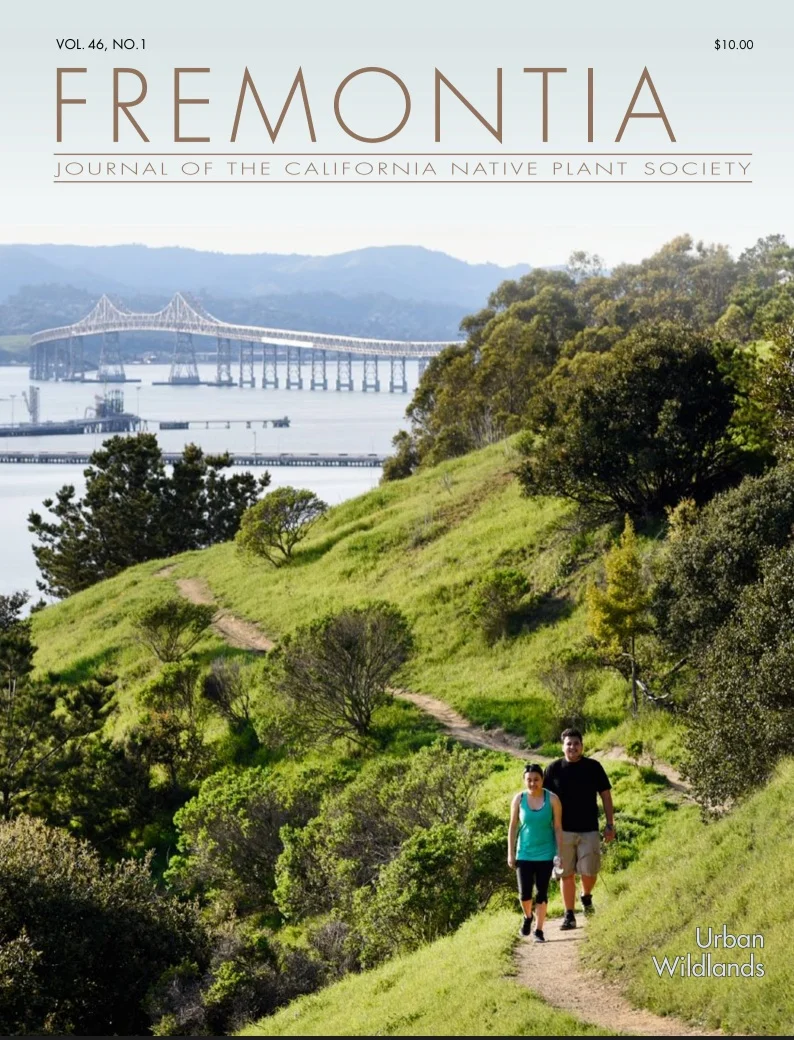Friends of the Chicago River's grantee project aims to enhance the ecological health of the Little Calumet River and North Shore Channel through native plant installations during their Paddle and Plants events, addressing the lack of native vegetation in these areas. This initiative supports local ecosystems, mitigates flooding impacts, and promotes community engagement in environmental stewardship, with funding from the Schwemm Family Foundation facilitating plant purchases and essential supplies.
Read MoreFocused on enhancing resilient ecosystems along the central coast of California, the Wild Farmlands Foundation is dedicated to the regeneration of the landscape, while at the same time, supporting the area’s current and next generation of farmers and ranchers.
Read MoreThe Rare Plants Inventory - RPI - is a database of information regarding all rare and endangered plants in California. To assist planners, consultants and resource managers, the SFF funded an effort to include all existing threat data for each species in the RPI. The app to use the RPI is free and available to everyone, allowing all users to have access to common information regarding current threats to native plant species and populations. CNPS Inventory of Rare Plants | California Native Plant Society.
Read MoreTo assist Project Coyote in their work protecting wild carnivores, the SFF helped fund the production of two short films.
Read MoreThe Minthorn Springs Preserve is a wetland in urban Milwaukie, Oregon home to birds, mammals, snakes, salamanders, butterflies and dragonflies. The Schwemm Family Foundation partnered with the Wetlands Conservancy to help fund the Conservancy’s work to reduce non-native species and improve the natural spaces in the 6.52 acre wetlands for use by the public as well as a habitat for the native flora and fauna thriving there.
Read MoreEndangered California condors continue to face threats in the wild. A factor identified as especially harmful is the amount of trash and plastic that adults may bring to the nest. As curious, scavenging birds, condors are attracted to microtrash such as broken glass, bottle caps, and can tabs, which may be mistaken for nutrient-rich bone fragments and can be deadly if ingested. In association with the Santa Barbara Zoo and other condor recovery program participants, SFF provided funds to purchase nest monitoring supplies such as cameras and binoculars to support the Nest Guarding Program. This program seeks to identify and mitigate nesting behaviors and threats that limit successful condor breeding.
Read MoreLagunitas Creek, northwest of San Francisco, was historically an important salmon spawning location but the habitat has been degraded in particular by many impediments to fish passage upstream. SFF supported the restoration of Roy’s Pools by removing large concrete barriers, grading the site for improved flow, and planting native vegetation.
Read MoreThe Farallones Islands are located off the coast of San Francisco, and the Greater Farallones Association focuses on conservation of the islands as well as the coast of California in the Bay Area region. SFF supported an ongoing citizen science program called Beach Watch that trains volunteers to collect data on beach impacts throughout the year. SFF supported the Beach Watch effort by providing funds for volunteer trainings on marine mammal, bird, and invertebrate identification and documentation.
Read MoreThe California Native Plant Society (CNPS) has developed a program called Re-Oak California. This effort focuses on reintroducing oak trees to areas where they have been lost and specifically to areas where fire has destroyed oak habitats. Volunteers collect acorns which are then grown to seedling size then transported and planted at appropriate sites throughout the state. The SFF supported this project which in 2020 grew 2,500 seedlings and distributed nearly 1,700 of those for planting by volunteers.
Read MoreWestern pond turtles are native to much of the Pacific coast region but have become more rare as wetlands are lost to development and climate change. Willow-Witt Ranch has enhanced and protected a wetland that supports one of the highest elevation breeding populations of these turtles. The SFF funded a project to improve the conditions of the turtles’ habitat by constructing basking platforms, removing non-native plants, and creating a blind so that researchers could observe turtle behavior without disturbance.
Read MoreThe Schwemm Family Foundation was proud to support Urban Rivers’s project to create a floating ecosystem along the Chicago river. Urban Rivers piloted their concept of installing floating trees by first testing different species of native trees and protecting them from beavers. This pilot program was successful and organization looks ahead to expanding and planting more floating trees.
Read MoreWaterboard Park is a designated heritage tree grove, located in Oregon City, Oregon. Currently, the trees in the park are under attack from invasive English ivy. With help from the Schwemm Family Foundation, the Oregon City Parks Foundation organized volunteers for several ‘ivy-pull’ days that removed ivy that surrounds the base of the trees, allowing new growth of native forest-floor plants and improved tree health. The removal of the ivy will also allow the construction of new trails in the future.
Read MoreWildlife Safari, in Winston, Oregon, provides visitors an interactive experience with native and exotic wildlife. The Schwemm Family Foundation supported a project called Raptor Ridge that created a new exhibit that allows more animals to be on display, in this case an American Badger. The exhibit is open to all visitors including those with disabilities, and the badger has a new home.
Read MoreThe California Native Plant Society – CNPS – has been protecting native plant species in California since 1965. Conservation efforts for plants and animals nearly always requires protecting and enhancing habitat, and increasing urbanization is a primary threat to plant habitats in California. In 2018 the Schwemm Foundation assisted CNPS in publishing a special edition of their publication Fremontia that focused on the importance of protecting open space areas near human population centers, sites often referred to as the urban-wildland interface.
Read MoreSeven species of abalone, large mollusks also known as sea snails, occur in California and along the Pacific coast. White and black abalone are listed as endangered, while pink, pinto, and green abalone are species of conservation concern. Though adult abalone have large shells and are attached to the ocean floor, baby abalone (larvae) are free floating in ocean waters and at high risk from predation and other threats, and few survive to settle and mature.
Read MoreProject Coyote works to promote co-existence between humans and wild predators. One of Project Coyote’s most successful programs, Ranching with Wildlife, aims to assist ranchers with employing non-lethal means of predator deterrence for livestock protection. A number of scientifically-based and cost-effective methods have proven successful, including the use of trained dogs to protect sheep.
Read MoreThe Truckee River watershed drains over 3,000 square miles, and includes pristine but also highly developed lands. Every fall season the Truckee River Watershed Council organizes Truckee River Day, where over 400 volunteers participate in projects that help protect the resources within the watershed.
Read More
